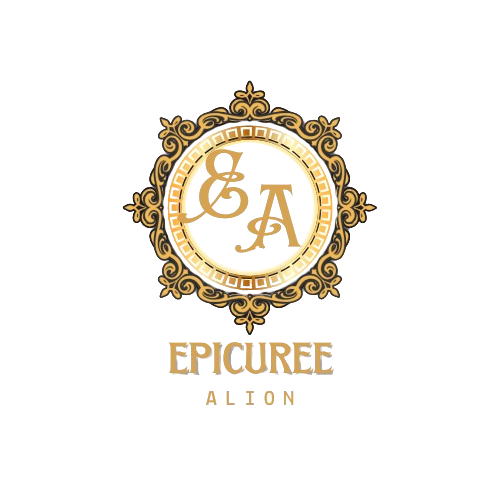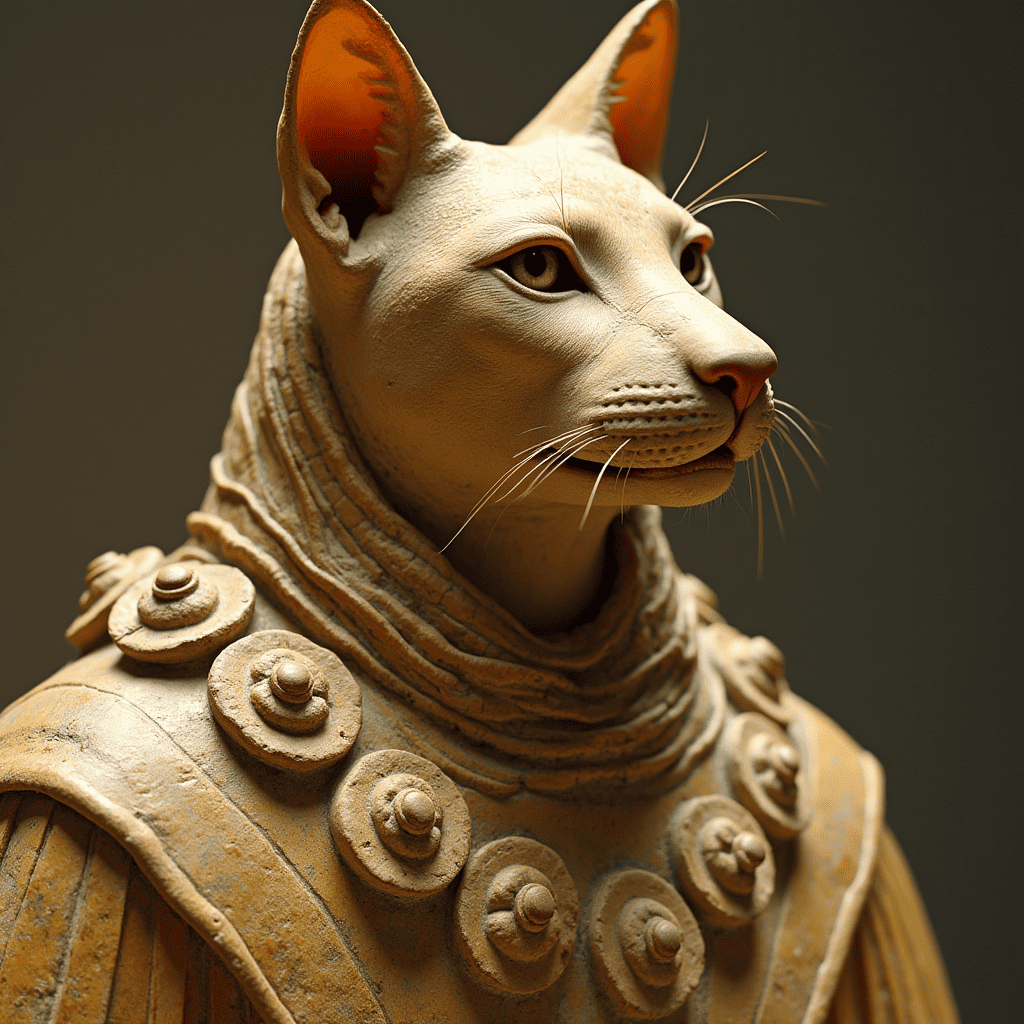Animals have long held a profound place in the tapestry of human culture, serving as symbols, guides, and even deities across civilizations. From the majestic lions of African savannas to the humble cats that roam our homes, animals have been woven into the myths, rituals, and daily lives of societies worldwide. Their roles often transcend the physical, embodying spiritual, moral, and existential meanings that reflect the values and beliefs of the people who revere them. Whether as protectors, omens, or companions, animals act as mirrors, revealing how humans perceive themselves and their place in the natural world.
One fascinating aspect of animal symbolism is how the same creature can be interpreted in vastly different ways across cultures. Take the cat, for example: in one civilization, it might be worshipped as a divine being, while in another, it is seen as a practical helper with no spiritual significance. These contrasting perspectives offer a window into the unique priorities, fears, and aspirations of each society. By examining how different cultures interpret the same animal, we gain insight into the diversity of human thought and the ways in which environment, religion, and history shape our understanding of the world around us.
In this blog post, we will explore the cultural interpretations of cats in two ancient civilizations: Babylon and Egypt. While the Egyptians revered cats as sacred protectors and embodiments of the divine, the Babylonians viewed them more pragmatically, valuing their utility over any spiritual significance. Through this comparison, we will uncover not only the distinct ways these societies interacted with cats but also the broader implications of how animals serve as cultural symbols. By delving into the stories, art, and practices of these ancient peoples, we can better appreciate the rich and varied relationships between humans and the animals they share their world with.

Cats in Ancient Egypt: Divine Protectors and Sacred Beings
The Role of Cats in Egyptian Mythology
In ancient Egypt, cats were not merely animals; they were deeply intertwined with the divine. The most prominent association was with the goddess Bastet, often depicted as a lioness or a woman with the head of a cat. Bastet symbolized protection, fertility, and the home, making her one of the most beloved deities in the Egyptian pantheon. As the goddess of domesticity and childbirth, she was believed to safeguard families and bring prosperity. Cats, as her earthly representatives, were revered and treated with the utmost respect. This divine connection elevated cats to a status far beyond that of ordinary animals, embedding them in the spiritual and cultural fabric of Egyptian society.
Cats as Symbols of Protection and Fertility
Cats were highly valued in Egyptian households for their ability to protect food supplies from rodents and snakes, which were common threats in the Nile Valley. Their role as pest controllers made them indispensable to daily life, but their significance extended far beyond practicality. Cats were seen as guardians of the home, embodying the protective qualities of Bastet. They were also associated with fertility and motherhood, as their nurturing behavior toward their kittens mirrored the ideals of family and reproduction. This dual symbolism of protection and fertility made cats a cherished presence in both royal palaces and humble homes.
The Penalty for Harming Cats
The reverence for cats in ancient Egypt was so profound that harming or killing a cat, even accidentally, was considered a grave offense. Historical accounts suggest that such acts could be punishable by death. The Greek historian Herodotus wrote that Egyptians would go to great lengths to rescue cats from danger, even at the risk of their own lives. This strict protection underscored the sacred status of cats and reflected the belief that harming them would incur the wrath of the gods. The penalties for harming cats were not just legal but also spiritual, as it was believed to disrupt the harmony between the human and divine realms.
Cats in Art and Burial Practices
Cats were immortalized in Egyptian art, appearing in sculptures, paintings, and hieroglyphs. They were often depicted sitting gracefully or alongside their human companions, symbolizing their integral role in daily life. The reverence for cats extended into the afterlife, as evidenced by the discovery of mummified cats in tombs. These mummifications were not merely acts of preservation but were part of religious rituals intended to honor the animals and ensure their companionship in the afterlife. Some cats were even buried with their owners, highlighting the deep bond between humans and their feline protectors.
Cats in Babylonian Civilization: A More Pragmatic View
The Babylonian Perception of Cats
In contrast to the divine status of cats in Egypt, the Babylonians viewed cats primarily as utilitarian animals. While they appreciated cats for their ability to control pests, they did not attribute any spiritual or divine significance to them. This pragmatic perspective reflected the Babylonians’ more practical approach to animals, valuing them for their contributions to daily life rather than elevating them to the realm of the sacred.
Cats in Babylonian Daily Life
Cats played a crucial role in Babylonian households and agricultural settings by protecting grain stores and food supplies from rodents. Their presence was essential for maintaining the health and prosperity of the community, as they helped prevent the spread of disease and the loss of valuable resources. Despite their importance, cats were not celebrated in the same way as in Egypt. Instead, they were seen as useful companions, valued for their skills rather than their symbolic meaning.
Absence of Divine Status
Unlike in Egypt, where cats were associated with a major goddess, cats in Babylonian culture lacked any divine connections. This absence of religious significance can be attributed to differences in spiritual beliefs and societal priorities. The Babylonians focused more on celestial and cosmic deities, with less emphasis on animal symbolism in their religious practices. As a result, cats remained firmly in the realm of the practical, without the spiritual reverence they enjoyed in Egypt.
Cats in Babylonian Art and Literature
While cats were not central to Babylonian art or mythology, they occasionally appeared in texts and artifacts. For example, some Babylonian seals and reliefs depict cats alongside humans, often in scenes of daily life. These representations highlight their role as pest controllers and companions but lack the symbolic depth seen in Egyptian art. The limited presence of cats in Babylonian literature and art further underscores their utilitarian rather than sacred status in this civilization.

Comparing the Two Civilizations: Why Such Different Interpretations?
Environmental and Societal Influences
The contrasting interpretations of cats in ancient Egypt and Babylon can be largely attributed to differences in geography, lifestyle, and societal needs. In Egypt, the Nile River provided fertile land for agriculture, but it also attracted pests like rodents and snakes, which threatened food supplies and public health. Cats, as natural hunters, became indispensable protectors of grain stores and households. Over time, their practical value evolved into spiritual significance, as their presence was seen as a blessing from the gods. In contrast, Babylon’s environment, while also agricultural, placed less emphasis on the symbolic role of animals. The Babylonians focused more on celestial and cosmic forces, which shaped their worldview and left little room for elevating animals like cats to divine status. These environmental and societal differences laid the foundation for how each culture perceived and valued cats.
Religious Beliefs and Symbolism
The religious frameworks of Egypt and Babylon further explain their differing views of cats. Egyptian polytheism was deeply intertwined with nature, and animals were often seen as manifestations of the gods. Bastet, the cat-headed goddess, embodied protection, fertility, and domestic harmony, making cats sacred by association. In contrast, Babylonian cosmology was more focused on celestial deities and cosmic order. Animals played a lesser role in their spiritual practices, and cats were not linked to any major gods. This fundamental difference in religious symbolism meant that while cats were revered in Egypt, they remained practical helpers in Babylon, devoid of divine connotations.
The Role of Animals in Spiritual Practices
In Egypt, animals were central to spiritual practices, serving as intermediaries between humans and the gods. Cats, in particular, were believed to carry the favor of Bastet, and their presence in homes and temples was thought to bring protection and prosperity. This spiritual role elevated cats to a sacred status, influencing everything from daily life to burial practices. In Babylon, however, animals were not typically integrated into religious rituals in the same way. While they were respected for their utility, they were not seen as divine messengers or symbols. This distinction highlights how each civilization’s spiritual framework shaped its relationship with animals, particularly cats.
Legacy of These Interpretations
The ancient Egyptian and Babylonian views of cats have left a lasting legacy on modern perceptions. In many cultures today, cats are still seen as mysterious, graceful, and protective creatures—a reflection of their sacred status in Egypt. The image of the cat as a guardian and companion persists in literature, art, and popular culture. On the other hand, the Babylonian view of cats as practical and utilitarian animals also endures, particularly in agricultural communities where cats are valued for their pest-control abilities. These ancient interpretations continue to shape how we understand and interact with cats, demonstrating the enduring influence of cultural history on our relationship with the natural world.
Conclusion
The contrasting interpretations of cats in ancient Egypt and Babylon reveal the profound ways in which culture, environment, and religion shape our understanding of the natural world. In Egypt, cats were elevated to divine status, revered as protectors and symbols of fertility, while in Babylon, they were valued primarily for their practical role in controlling pests. These differences highlight the diversity of human thought and the unique ways in which societies assign meaning to the animals around them. By examining these ancient perspectives, we gain a deeper appreciation for the complexity of cultural symbolism and the ways in which animals serve as mirrors of human values, fears, and aspirations.
Ultimately, the stories of cats in these two civilizations remind us of the universality of animal symbolism while celebrating its rich diversity. Whether seen as sacred beings or practical helpers, cats have played a significant role in human history, bridging the gap between the mundane and the spiritual. Their enduring presence in art, literature, and daily life underscores the timeless bond between humans and animals. As we reflect on these ancient interpretations, we are reminded that our relationship with the natural world is not just functional but deeply symbolic, shaped by the stories we tell and the meanings we create. In this way, the legacy of cats in Egypt and Babylon continues to inspire and inform our understanding of the world and our place within it.

